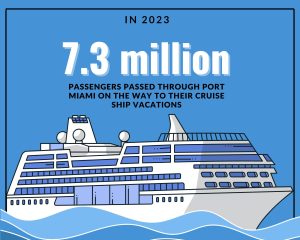At least two passengers were left behind after an excursion “went wrong,” involving extreme heat and bus malfunctions, according to reporting from Cruise News Today.
A Norwegian Cruise Line excursion began to “fall apart” after mechanical issues caused a bus delay, said Cruise News’ Doug Parker. The two guests were left behind after a scheduled stop in Germany was cut sort during the excursion. The pair was helped by another cruise ship and was later able to re-board.
Thankfully, no injuries were reported in this incident, however, Leesfield & Partners attorneys knows that accidents and injuries can happen at any time.
 Cruise Ship Lawyers Blog
Cruise Ship Lawyers Blog



